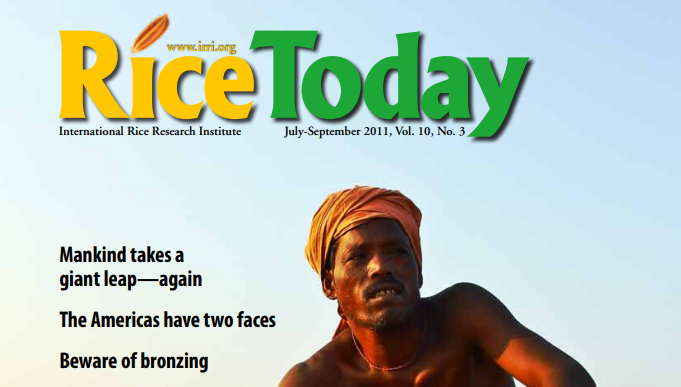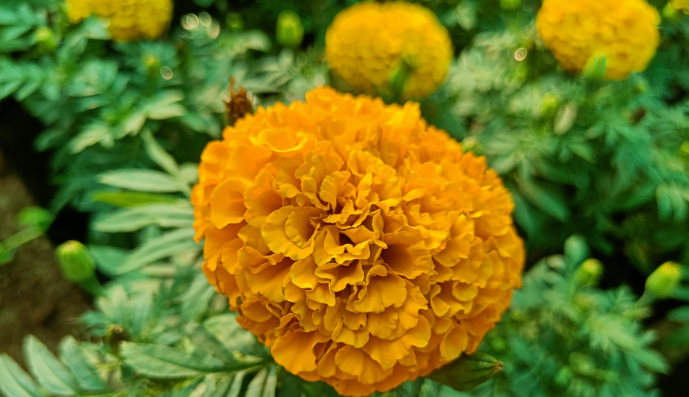Sorghum [Sorghum bicolor (L.) Moench] is a model C4 cereal for both basic and applied research. It has most of the traits of a model plant species: large embryos that are easy to rescue, moderate genome size of about 760 Mb, several unique traits not found in other species, plenty of seeds, and many important agronomic as well as commercial uses. However, it takes a long time to complete its breeding cycle. Other problems encountered during the research on sorghum breeding were early desiccation of embryos from mutants and wide hybridization, and the high-yielding cultivars and plants grown in controlled environments are usually uniculm, which limits their use in crossing to obtain both selfed and crossed seeds. The objective of this research was to find ways to obtain cross- and self-pollinated seeds from the same plant, conserve the vital embryos, and most important, shorten the breeding cycle. Two methods are reported here. The first method was to produce crossed as well as selfed seeds on the same panicle of the usually uni-culm plant. The second method was to carry out embryo rescue to save vital embryos as well as shorten the breeding cycle from the regular 17 to 11 wk. By these two methods, the breeding cycle of sorghum was made comparable or even shorter than that of other model crops, which would allow the development of breeding materials much faster.





